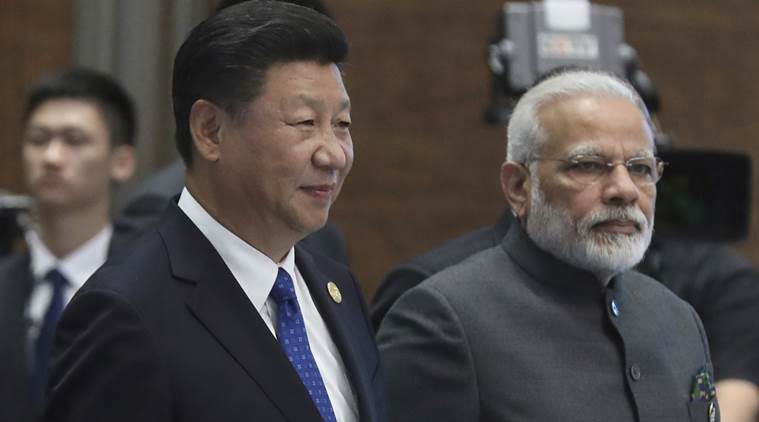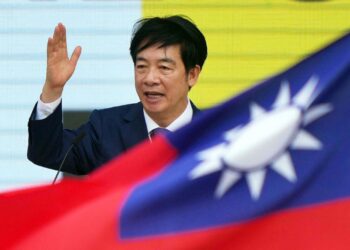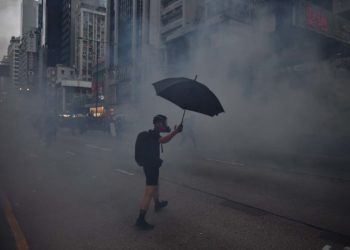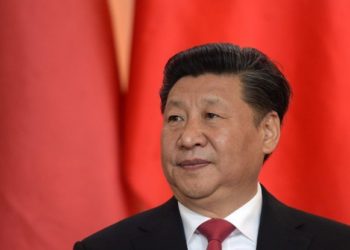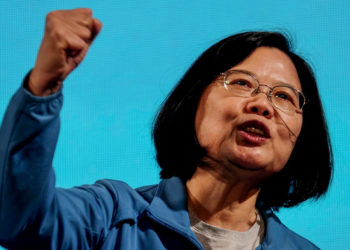As tensions between North Korea and the United States continued to dominate the headlines last week, a quieter months-long conflict between China and India was just resolved.
On Tuesday, Chinese President Xi Jinping and Indian Prime Minister Narendra Modi held official talks after a BRICS summit of emerging economies in Xiamen, China.
The talks came during a months-long military standoff in the Doklam border that was one of the most serious confrontations between the two countries in decades.
The dispute on the Doklam plateau began in mid-June after a Chinese road-building party entered the Doklam territory that is claimed both by China and Bhutan. India then sent in troops to assist Bhutan, claiming that China’s military existence threatened the security of India.
The Doklam territory is of strategic importance, as it overlooks the Siliguri Corridor which bridges India’s remote northeastern provinces and the rest of the nation.
“This time, China considered the ridge on which a road was constructed as its own territory, while for India and Bhutan affirmed that it was Bhutanese territory,” Claude Arpi, the Field Marshal KM Cariappa Chair of Excellence of the United Service Institution of India, told The Globe Post. “It was also the first time that India intervened militarily to defend a neighbor. This greatly infuriated China.”
Beijing responded that New Delhi has no right to intervene and called for a unilateral troop withdrawal.
In the early August, China’s defense ministry said in a statement: “No country should underestimate the Chinese military’s confidence in and ability to fulfill its mission of safeguarding peace, and should not underestimate the Chinese military’s determination and will to defend the country’s sovereignty, security and development interests.”
At the time, there were approximately 300 soldiers on each side facing each other from a distance of about 150 meters.
“The difficulty was to avoid an armed conflict which would not have benefited anybody; at the same time, none of the [countries] was ready to lose face,” Mr. Arpi said.
On August 28, India and China agreed to withdraw troops to end the dispute. The Indian government said that it had agreed to an “expeditious disengagement” along the border, pulling its troops from the territory.
Neither Beijing nor New Delhi mentioned whether the construction of the road near the border, which triggered the standoff, would be halted.
“Ultimately, China and India have to live together; it is in the interest of both nations to have a peaceful border,” Mr. Arpi said. “Though India’s and China’s final statement differed, this point is agreed by both parties.”
The two countries, which hold 36 percent of the world’s population, agreed to move on from the dispute and maintain “healthy, stable ties” in the fundamental interests of both nations.
“China and India should stick with the fundamental judgment that both can provide development opportunities for each other and neither should pose threats toward each other,” Mr. Xi said during Tuesday’s meeting, according to the official Xinhua News Agency.
India’s Foreign Secretary Subrahmanyam Jaishankar also said in a press briefing that both leaders wanted to prevent the recurrence of similar standoffs.
“Both sides agreed that there should be better communication and cooperation so that such occurrences don’t happen again,” he said.
Yet Mr. Arpi suggested that similar disputes might occur again as there are several differences of perceptions about the Line of Actual Control along the Sino-Indian border. The maps of these perceptions have never been exchanged.
“An exchange of maps could be a first step to more permanently diffuse the situation. China is apparently opposed to it,” Mr. Arpi said. “This said, many mechanisms exist to avoid such situation, particularly the Border Personnel Meeting. They worked relatively well, though their limitations were apparent.”


